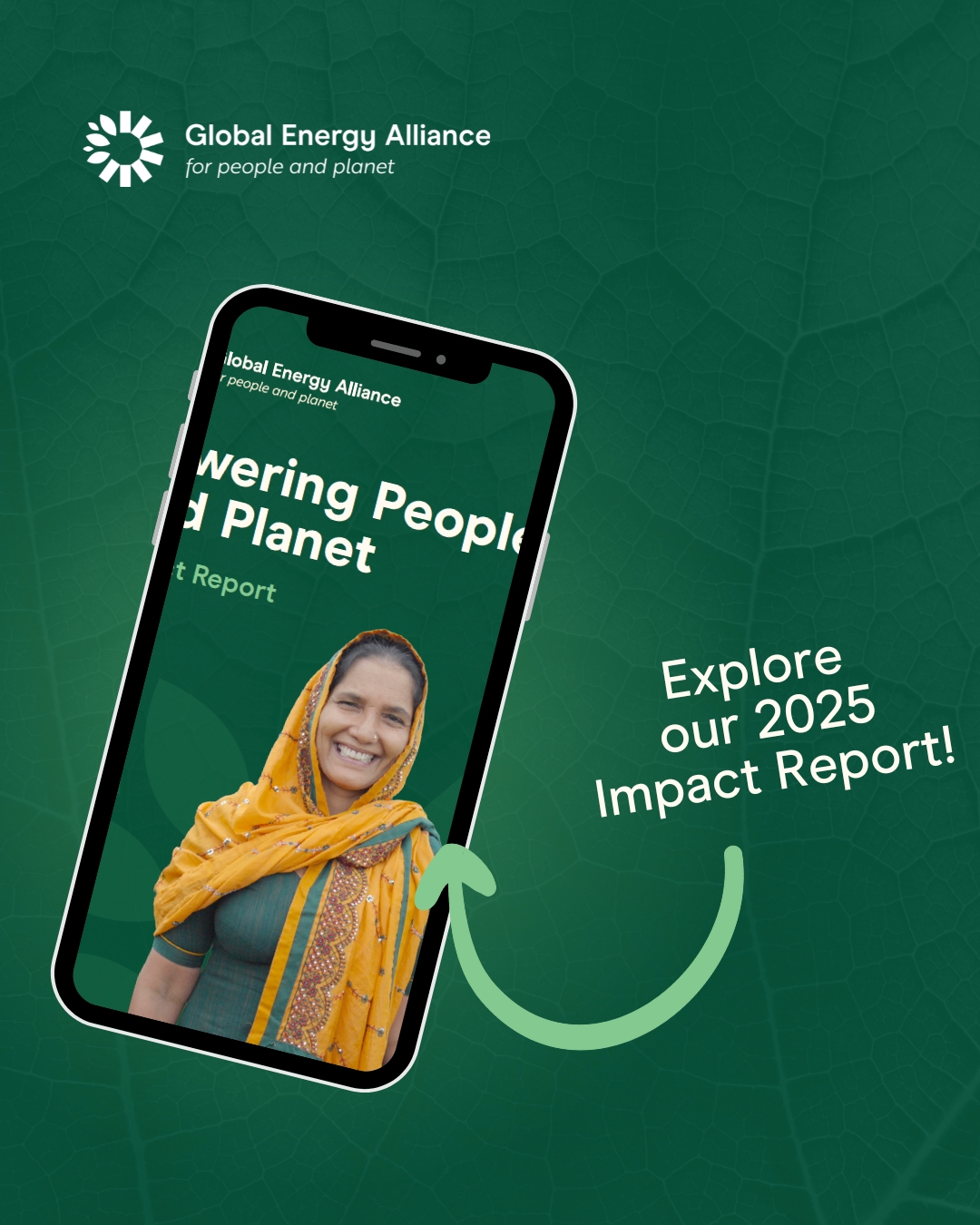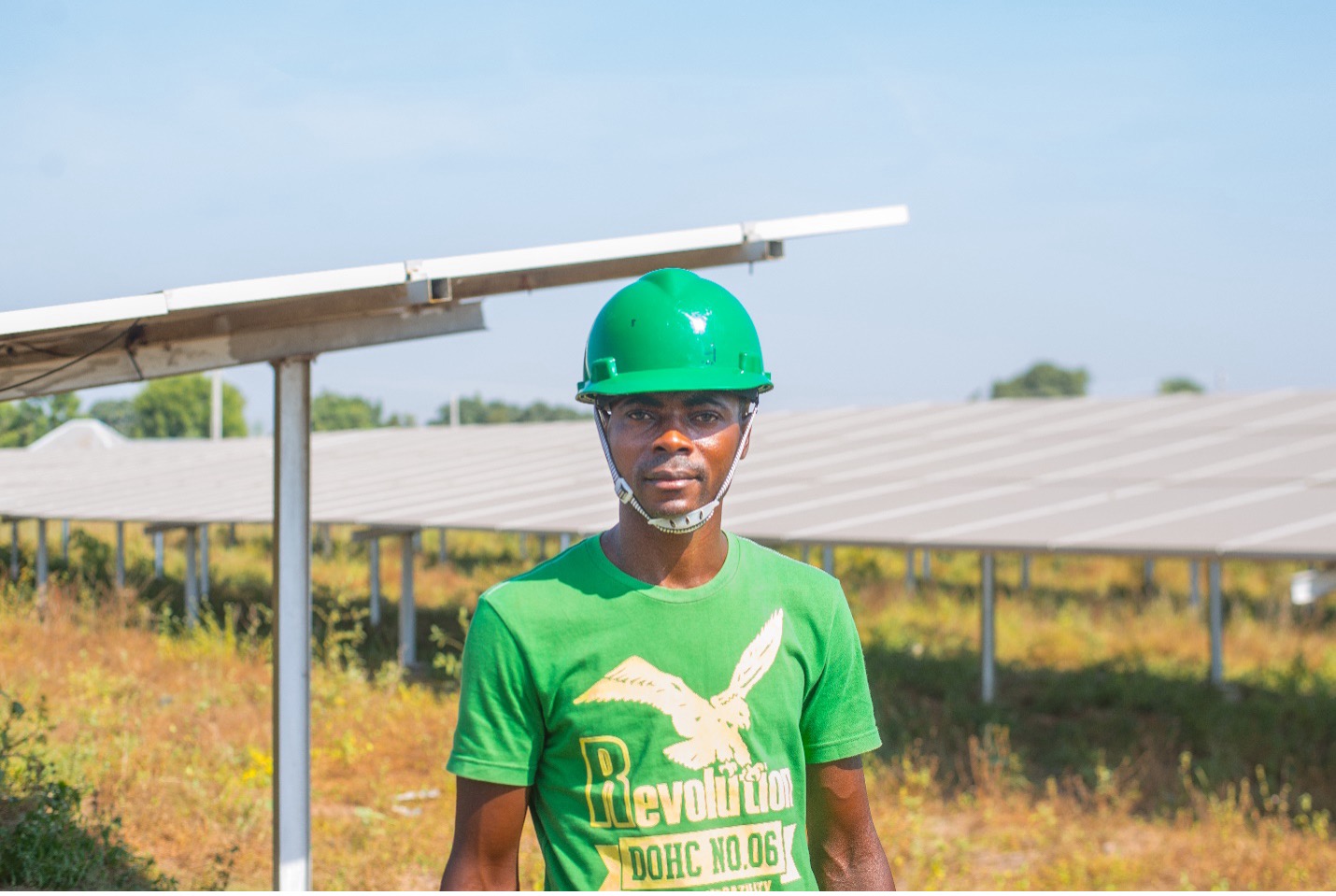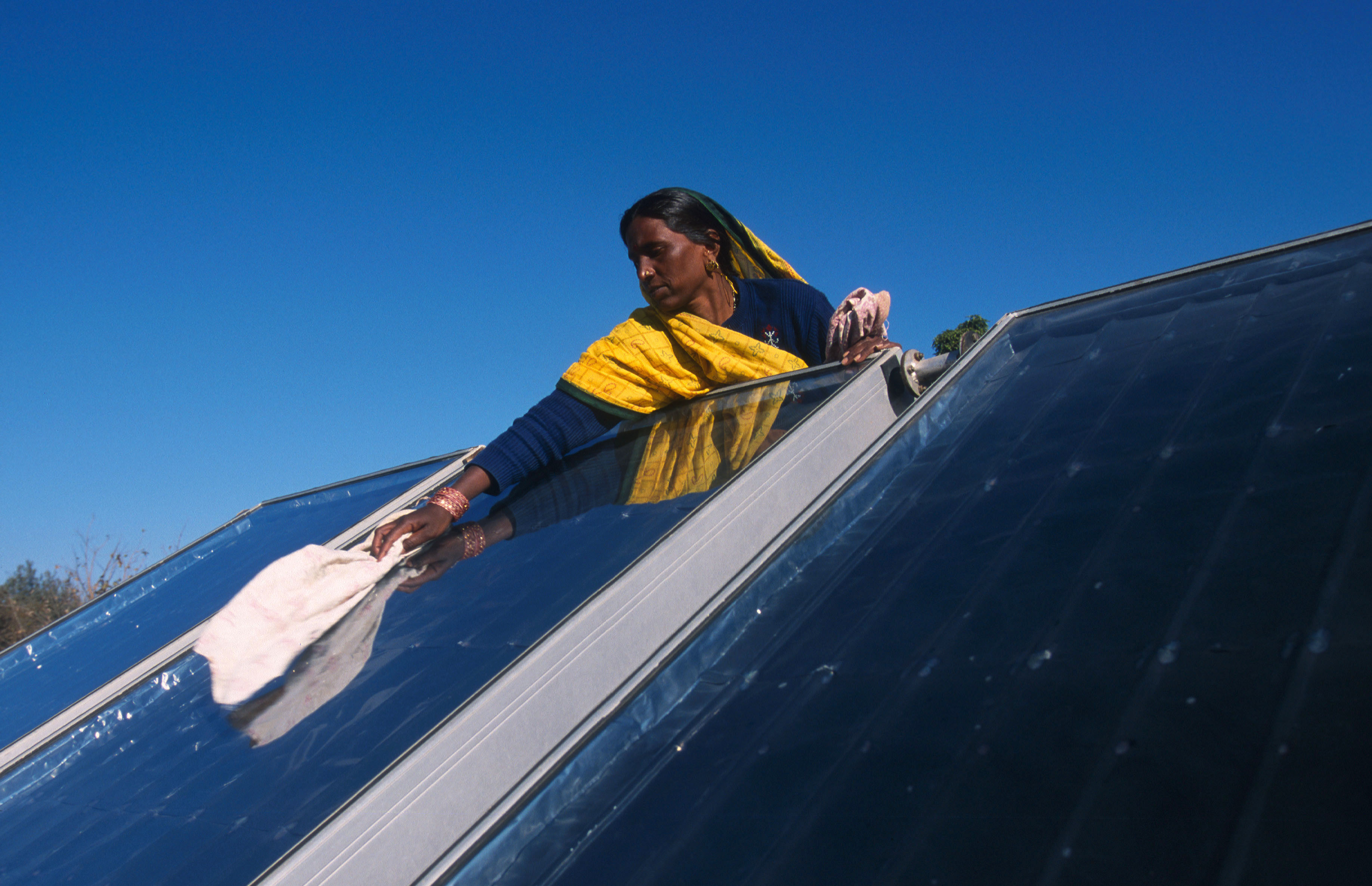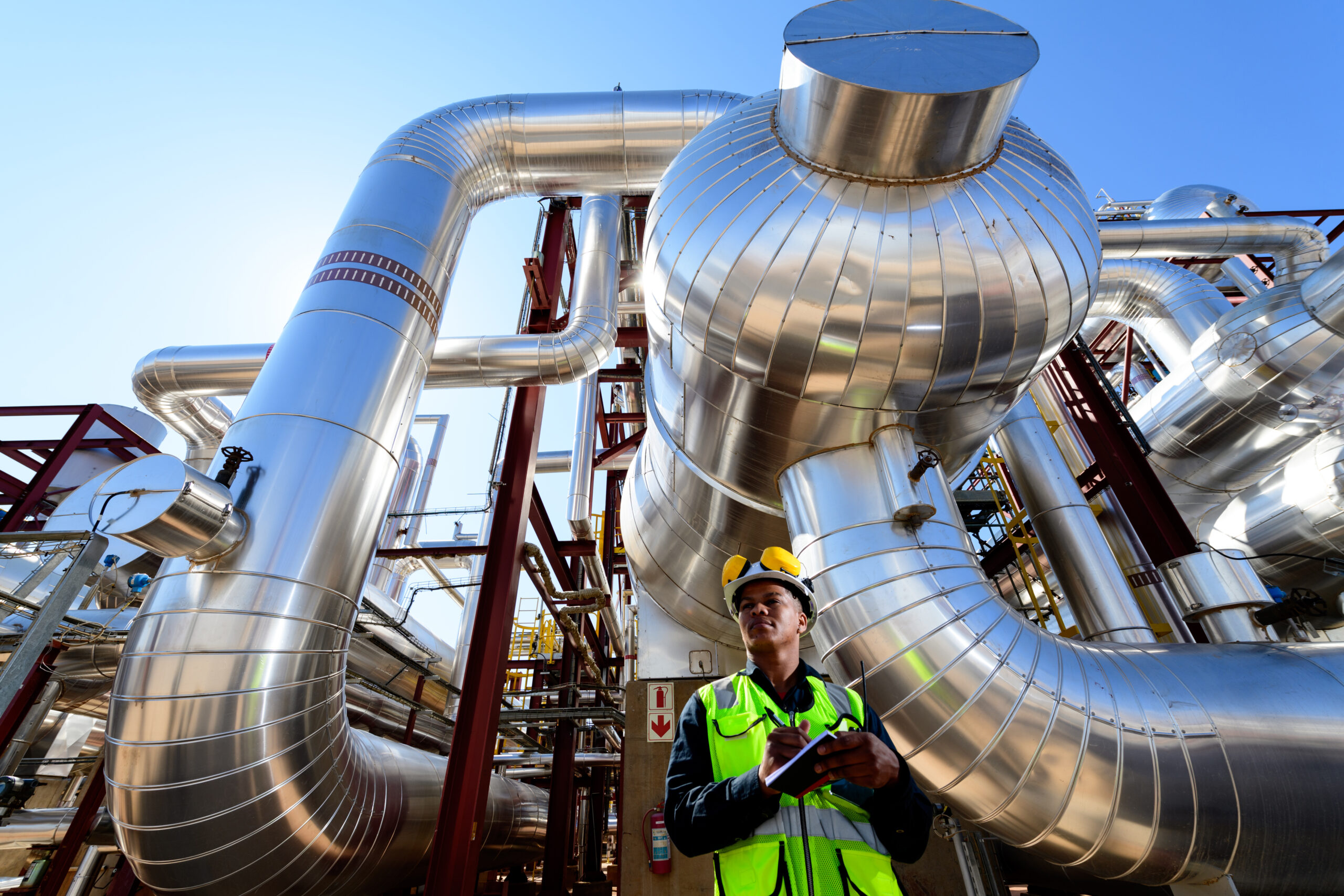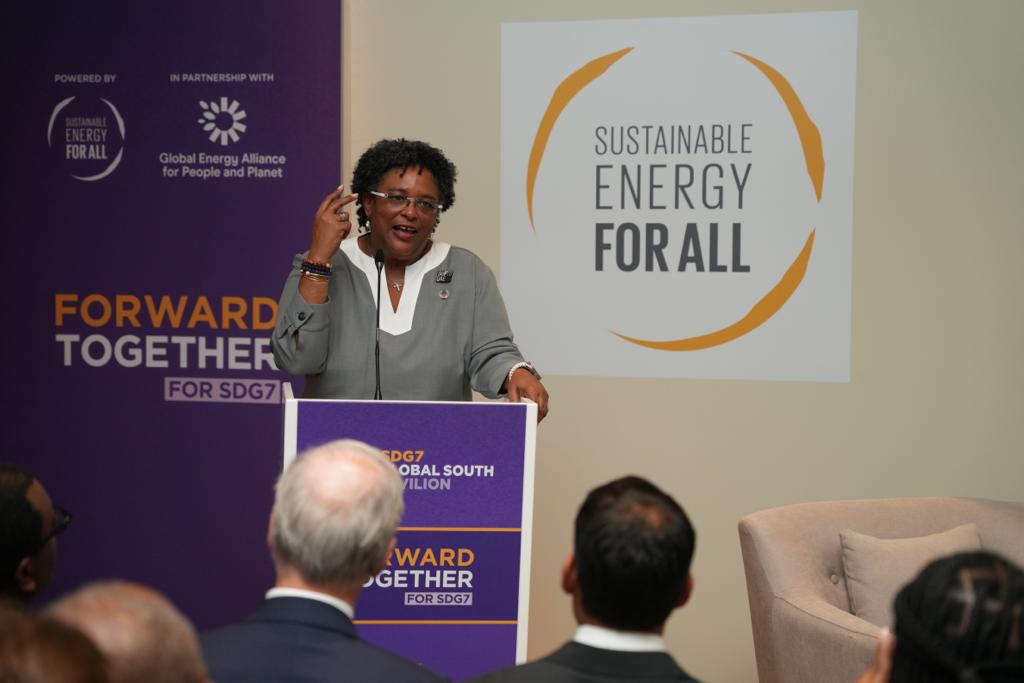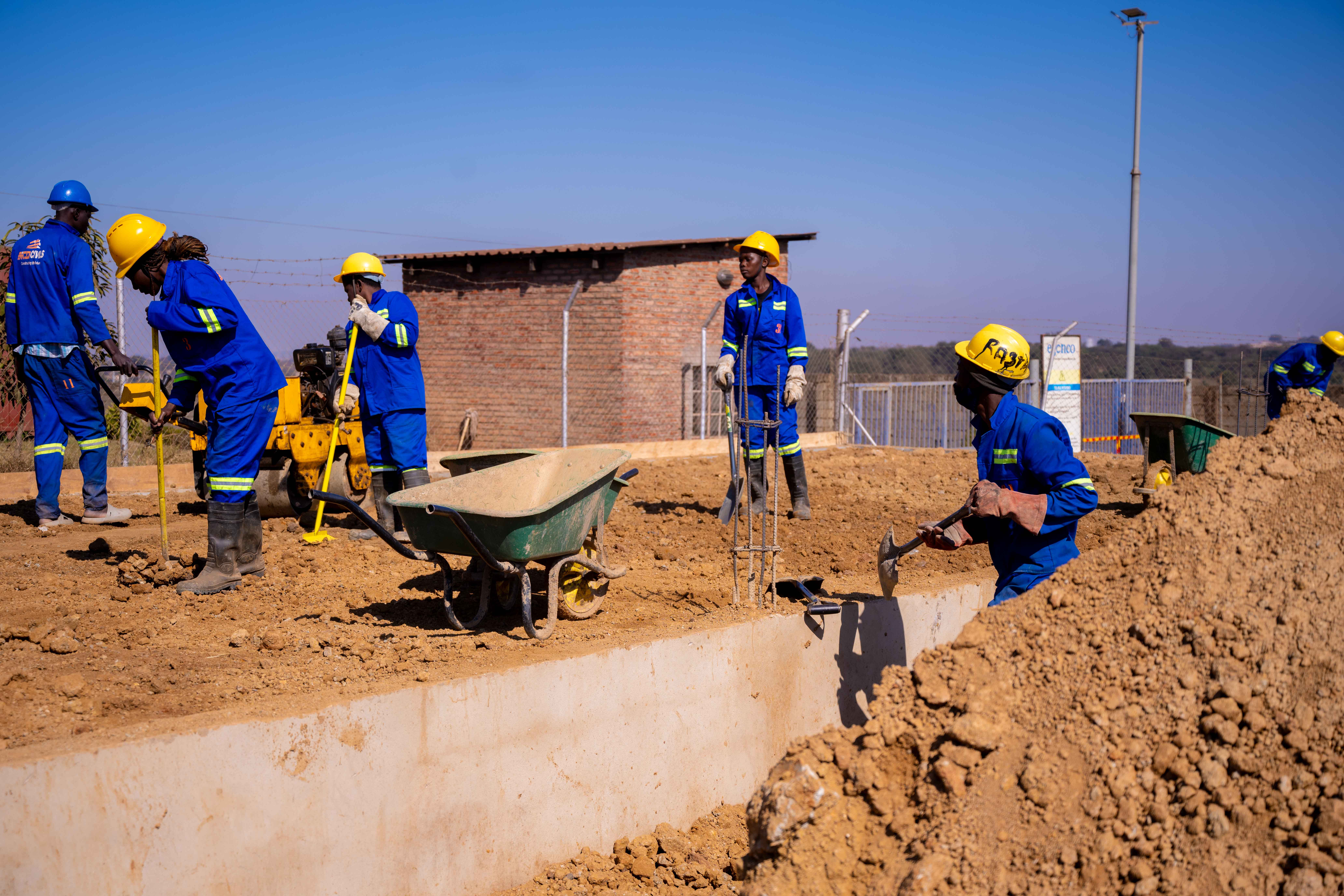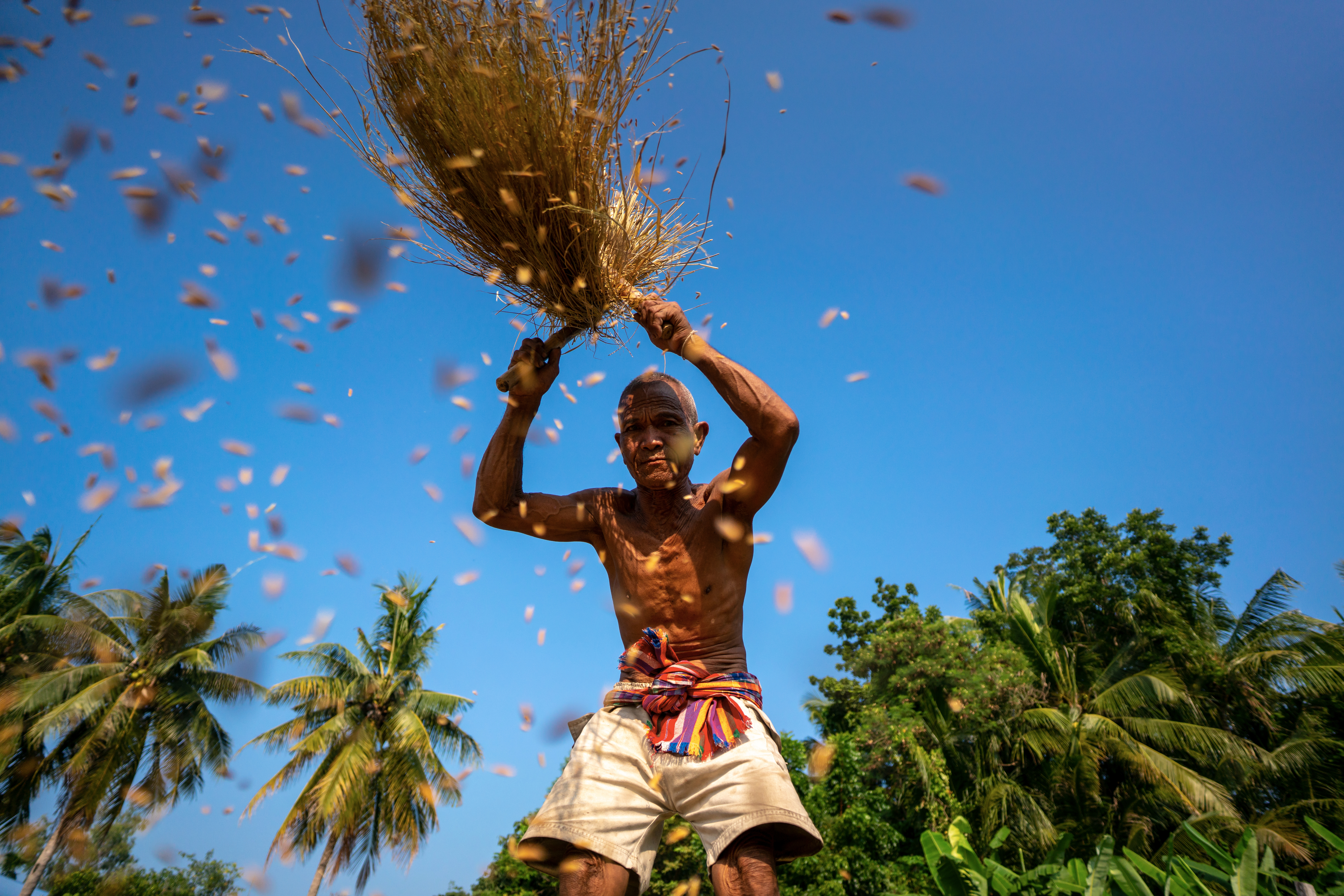
Powering People and Planet
30+ countries. More than 90 million people. 3.1 million jobs and livelihoods. Nearly 300 million tons of carbon emissions.
The Global Energy Alliance for People and Planet builds transformative public, private, philanthropic partnerships to end energy poverty and accelerate green economic opportunity.
Since our launch at COP26 in 2021, we have worked tirelessly for a world where everyone has access to affordable, reliable, clean electricity and the means to use it to improve their lives.
This is our 2025 impact report.
Welcome from our CEO
Dear Alliance and partners,
I write this letter as I travel back from India, after visiting a newly commissioned battery energy storage system in New Delhi. The project, the largest of its kind in South Asia, is transforming lives in India and serving as a model for renewable energy storage across the world.
In this moment of geopolitical unrest, economic uncertainty and climate change, I take immense pride in the progress we are driving together. Projects like this one in New Delhi prove that when we unite the right players from the public, private and philanthropic sectors, we can weather the headwinds and drive lasting, systemic change.
A year into my role at the Global Energy Alliance for People and Planet, I have witnessed the power of clean energy to unlock opportunity and change lives in Africa, India, Southeast Asia and Latin America and the Caribbean.
I have met farmers irrigating crops using solar pumps; entrepreneurs expanding their businesses; innovators pioneering new technologies; utilities newly emboldened to integrate renewables, and world leaders committed to ambitious national energy transition plans.
This is what systemic change looks like. When every part of the value chain is engaged and working in concert, it powers investments, upskills workforces, overcomes regulatory and financial bottlenecks, and reshapes entire energy systems.

Our impact at a glance
Our Alliance’s partnership model, blending philanthropic capital with public and private finance, is on track to:
Breakthrough stories
Our Alliance’s work goes beyond individual projects to reshape energy systems and drive lasting systemic impact.
-
 Nigeria
NigeriaScaling interconnected solar mini grids to power rural entrepreneurs, offering a model for last-mile energy access that can unlock livelihoods and resilience across Africa.
-
 India
IndiaA first-of-its-kind battery energy storage project in New Delhi is catalyzing a national pipeline of reliable clean power and, through the Global Energy Alliance’s BESS Consortium, inspiring worldwide deployment that leverages falling battery costs to accelerate grid stability and resilience for millions.
-
 South Africa
South AfricaRenewable energy training for former coal workers and government capacity building demonstrates how a fast and fair transition can create new jobs and skills while helping entire economies shift from dependence on fossil fuels.
-
 Haiti
HaitiInnovative rooftop-mounted solar mesh grids are powering some of the hardest- to-reach communities, with lessons for last-mile electrification in remote or conflict- affected areas worldwide.
-
 Barbados
BarbadosA fully operational procurement plan for a battery energy storage system helped the country launch its first competitive battery storage tender, a blueprint for advancing energy security in small island developing states.
-
 Malawi
MalawiThe country’s first grid-scale battery energy storage system is proving the value of energy storage in fragile energy systems, generating insights to guide future procurement of storage across sub-Saharan Africa.
-
 Vietnam
VietnamA government-led task force is placing battery energy storage systems firmly on the national agenda, including a national roadmap, catalytic grants and a pilot program.
-
 Kenya, Nigeria, Ethiopia
Kenya, Nigeria, EthiopiaA bespoke financing facility will help deploy at least 10,000 new appliances such as solar-powered water pumps, refrigerators and mills with a focus on gender equity and youth empowerment.
Regional spotlights
Africa
India
Latin America and the Caribbean
Southeast Asia
Lessons learned
“
To capture the full scope of our influence, we looked beyond individual projects to understand how our Alliance addresses systemic barriers and co-creates project pipelines to drive lasting impact.
– Tulika Narayan, Chief Impact Officer
(read more insights from our CIO)



























































